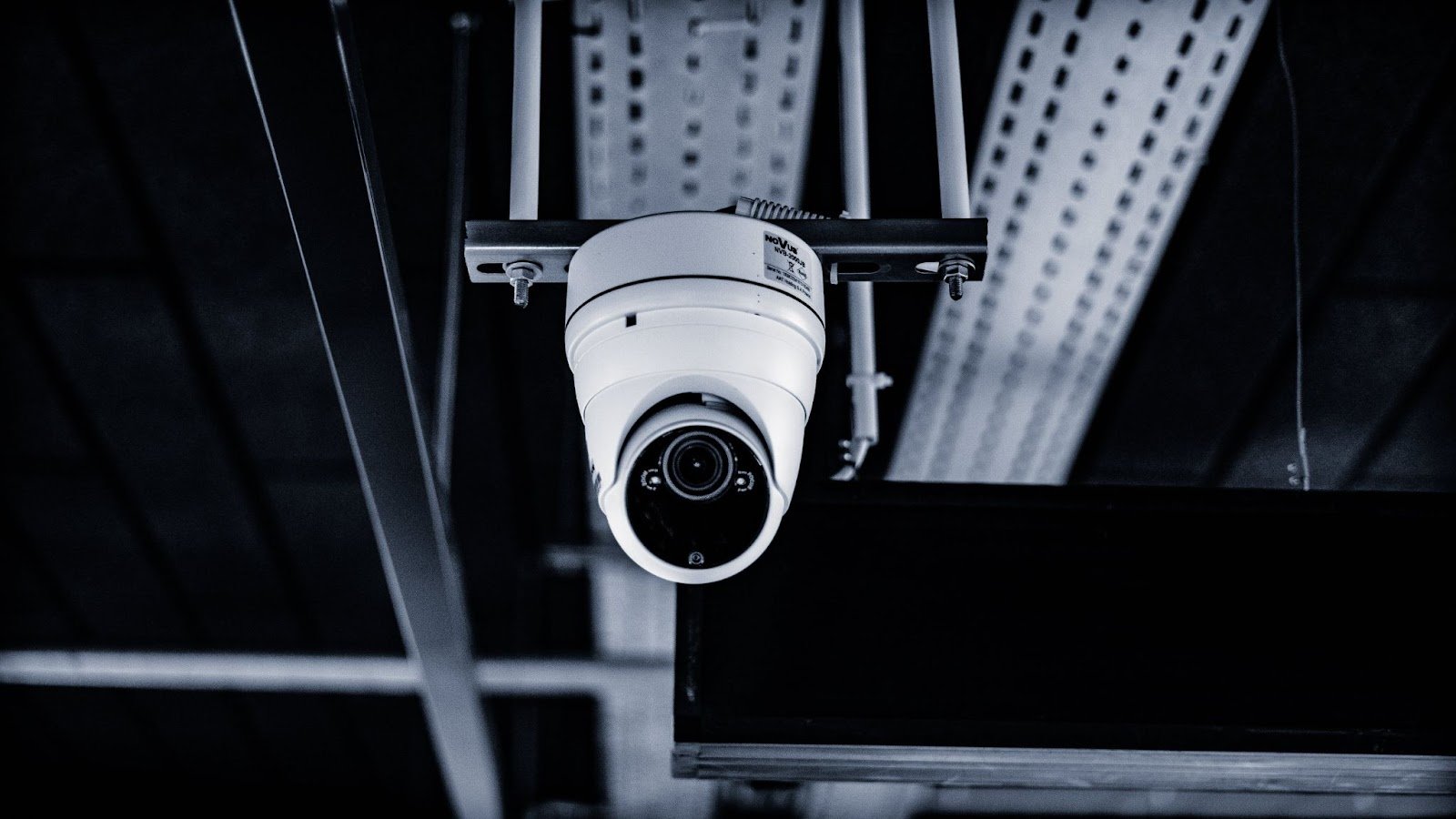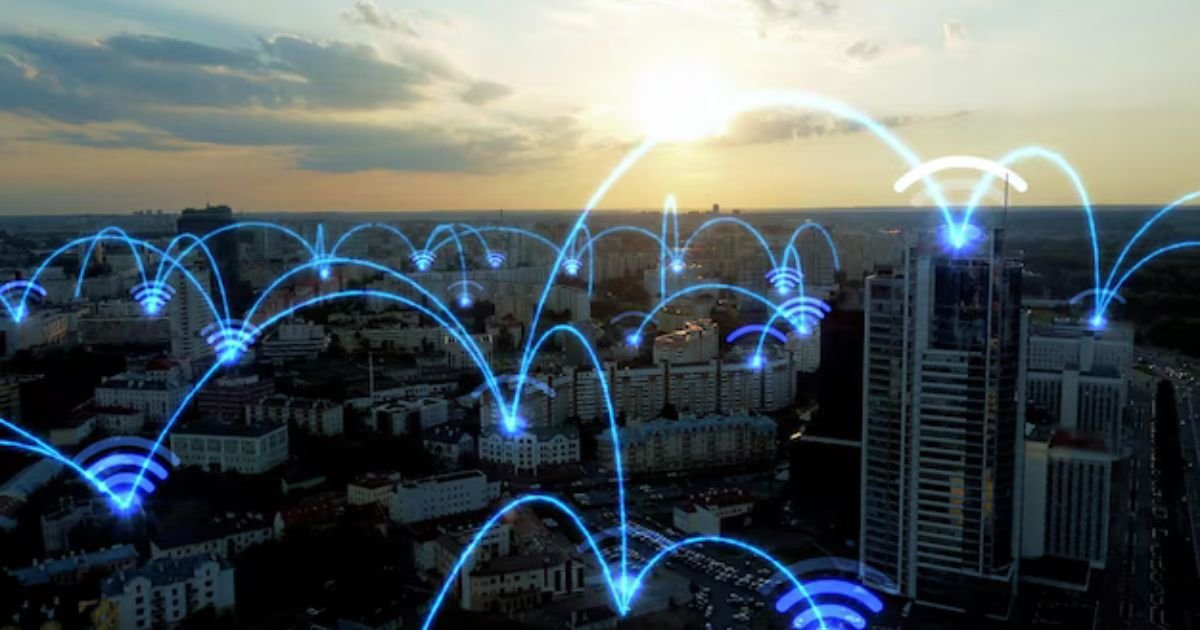In the modern business environment, ensuring the safety and security of your premises is paramount. An effective commercial security camera system is crucial in protecting your property, assets, and personnel. However, more than the mere installation of cameras is required; understanding the best practices for installation is essential to maximize coverage and effectiveness. This guide delves into the key considerations and steps to ensure your commercial security camera system delivers optimal performance.
1.Assess Your Security Needs
Before installing, it’s vital to assess your specific security needs. Evaluate the size of your property, the nature of your business, and the areas that require monitoring. Consider potential threats like theft or vandalism and identify vulnerable spots.
Key Questions to Ask:
- What areas of the property are high-risk?
- Are there specific entry and exit points that need monitoring?
- What are the peak times for foot traffic?
2.Choose the Right Type of Cameras
Selecting the appropriate type of cameras is crucial for effective surveillance. Commercial security camera systems come in various types, each suited for different purposes:
- Dome Cameras: Ideal for indoor use, these cameras are discreet and resistant to tampering.
- Bullet Cameras: These are typically used for outdoor surveillance due to their long-range capability.
- PTZ Cameras: Pan-tilt-zoom cameras provide versatile coverage and allow operators to remotely control the camera’s movement and zoom.
- IP Cameras: Offer high-resolution video and can be integrated with other digital systems for enhanced monitoring.
3.Strategic Placement of Cameras
Strategic placement is critical to maximizing coverage. Follow these best practices for positioning your cameras:
- Entrances and Exits: Ensure cameras are placed at all entry and exit points to capture clear footage of individuals entering or leaving the premises.
- High-Traffic Areas: Position cameras in areas with high foot traffic to monitor employee and visitor movements.
- Blind Spots: Identify and cover any potential blind spots. Use overlapping fields of view to ensure no area is left unmonitored.
- Outdoor Areas: For outdoor installations, ensure cameras are weatherproof and positioned to effectively cover the perimeter of the property.
4.Optimize Camera Angles and Heights
The angle and height of cameras significantly affect their effectiveness:
- Angles: Aim to position cameras at angles that minimize glare and reflections. Avoid pointing cameras directly at bright light sources.
- Height: Install cameras at a height that prevents tampering while providing a clear view of the area. Generally, 8 to 10 feet is optimal for most commercial environments.
5.Consider Lighting Conditions
Lighting plays a crucial role in camera performance. Ensure that your cameras are equipped to handle various lighting conditions:
- Day/Night Cameras: Depending on the lighting, these cameras can switch between color and black-and-white modes.
- Infrared Cameras are useful for low-light or nighttime surveillance, as they use infrared technology to capture clear footage in darkness.
6.Ensure Adequate Power and Connectivity
A reliable power supply and network connection are essential for the functionality of your security cameras:
- Power Supply: Decide whether cameras will be powered via AC or PoE (Power over Ethernet). PoE simplifies installation by combining power and data transmission through a single cable.
- Connectivity: Ensure cameras are connected to a stable network with sufficient bandwidth for video streaming. A robust and secure network infrastructure is crucial for IP cameras.
7.Test Your System Thoroughly
Once installed, thoroughly test your security camera system to ensure all cameras function correctly. Check the video quality, field of view, and recording capabilities. Make any necessary adjustments to camera angles or settings to optimize performance.
8.Implement Regular Maintenance
Regular maintenance is vital to keep your security camera system in top condition:
- Clean Lenses: Regularly clean camera lenses to prevent dirt or dust from affecting image quality.
- Update Firmware: Keep camera firmware updated to benefit from the latest features and security patches.
- Inspect Equipment: Check cables, connections, and power supplies to ensure everything functions correctly.
9.Ensure Legal Compliance
Ensure your camera installation complies with local laws and regulations regarding surveillance and privacy. Inform employees and visitors about the presence of cameras to avoid potential legal issues.
10.Integrate with Other Security Systems
Integrate your camera system with other security measures, such as alarms and access control systems, for enhanced security. Creates a comprehensive security solution that can be monitored and managed from a central location.
Conclusion
Installing a commercial security camera system involves more than just setting up cameras. It requires careful planning, strategic placement, and ongoing maintenance to ensure optimal coverage and effectiveness. By following these best practices, you can enhance the security of your premises and protect your assets and personnel effectively.
For top-notch security camera installation and solutions tailored to your needs, consider HD Cameras USA. As one of the best security camera companies in the USA, HD Cameras USA operates extensively across Florida, including:
- HD Cameras USA – West Palm Beach, FL
- HD Cameras USA – Fort Lauderdale, FL
- HD Cameras USA – Apopka, FL
- HD Cameras USA – Orlando, FL
- HD Cameras USA – Lakeland, FL
- HD Cameras USA – Miami, FL
- HD Cameras USA – Tampa, FL
- HD Cameras USA – Daytona, FL
- HD Cameras USA – Jacksonville, FL
HD Cameras USA provides top-quality commercial security camera systems and expert security camera installation services, ensuring your business stays secure.











